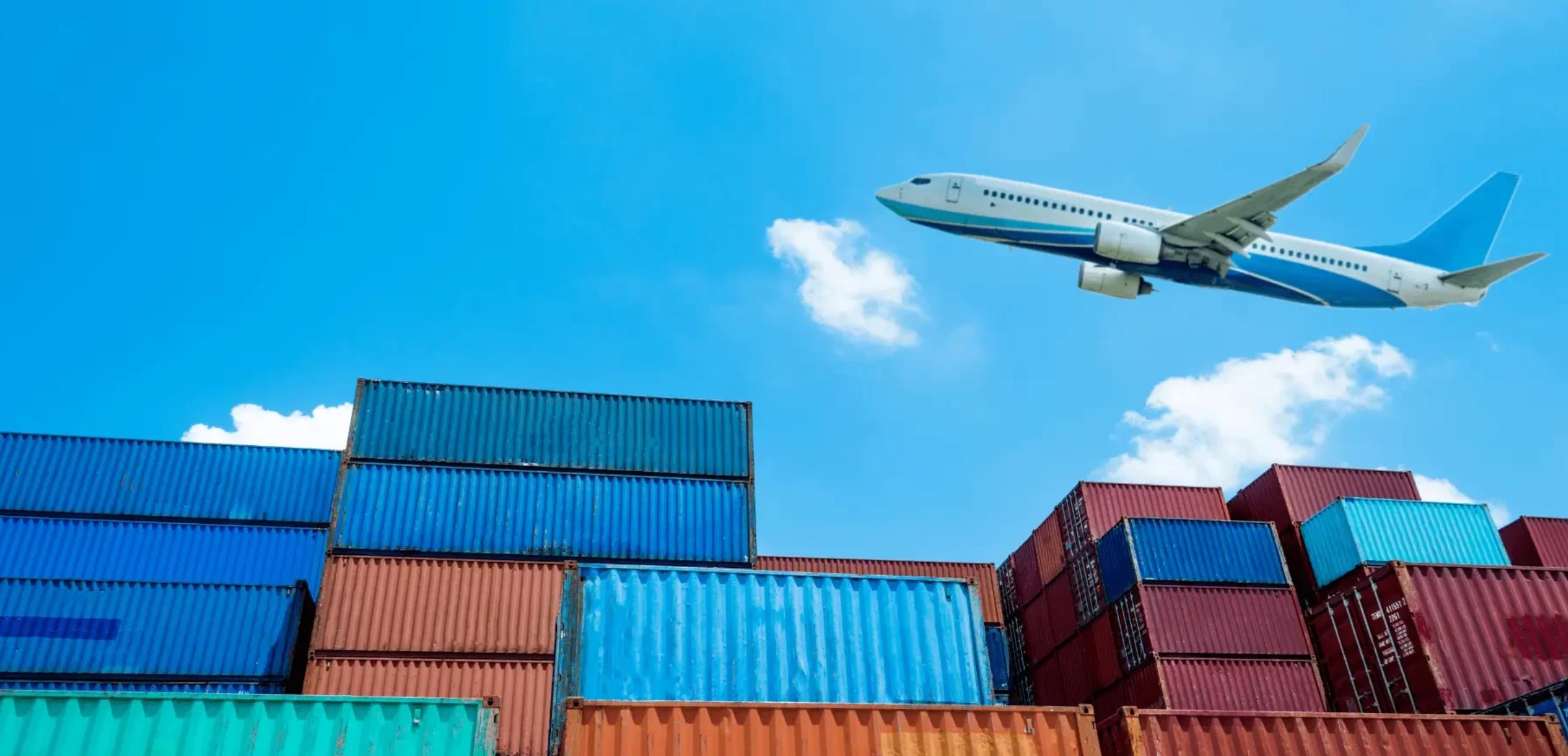———————————————
After a turbulent period of global shifts in logistics, 2024 proved to be a landmark year for the international air freight market. The rapid growth of e-commerce, geopolitical changes, disruptions in sea routes, and new regulations prompted businesses of all sizes — from major corporations to small enterprises — to rethink their supply chain strategies. Air freight from China, in particular, has undergone changes both in structure and in demand dynamics, as confirmed by Dragon Logistics experts.
Air freight back in the spotlight
In 2024, Ukrainian businesses gradually rebuilt their logistics connections following wartime and economic challenges. Air cargo began playing a key role in two main scenarios: fast delivery for e-commerce and the transportation of small, high-margin shipments that cannot afford delays.
Dragon Logistics, one of the key players in turnkey delivery from China, recorded a more than 40% increase in air freight requests in the second half of 2024. The surge in demand was particularly strong among suppliers of electronics, gadgets, cosmetics, and branded apparel.
Several factors drove the increase in air freight demand:
- Instability of sea routes — due to conflicts in the Red Sea region and blockages of key ports, ocean freight transit times extended to 50–60 days. For many companies, especially those dealing with fast-moving goods, this was unacceptable.
- Growth of Ukrainian e-commerce — the online retail market in Ukraine is quickly adapting to new realities. Fast delivery has become one of the main competitive advantages. Companies selling via Rozetka, Prom, Shopify, or their own websites increasingly opt for air freight to reduce customer wait times.
- Improved logistics infrastructure in Ukraine — despite challenges, European airports and border hubs (notably in Poland, Slovakia, and Lithuania) have established new delivery channels to Ukraine. Air cargo from China often arrives in these countries and is then trucked into Ukraine within 1–3 days.
Evolving logistics strategies
Shifts in demand have prompted changes in delivery approaches. Businesses are increasingly combining air with rail or air with trucking to optimize costs. For example, goods may arrive in Vilnius or Warsaw by air and then be transported by truck to Ukraine. Consolidated air shipments — where smaller consignments from multiple clients are combined into one flight — have also gained popularity, reducing per-kilo rates. Additionally, demand for turnkey air freight services has grown, with companies outsourcing the entire logistics process, including documentation, customs clearance, and final delivery.
Air freight rates from China to Ukraine rose in 2024 due to increased demand and geopolitical factors. However, in 2025, prices began to stabilize. For example, in mid-2024, shipping a 100 kg consignment could cost $8–10 per kg, while in 2025, the average dropped to $6–7 thanks to more frequent flights and greater competition among carriers. Delivery times from factories in China to warehouses in Ukraine (via Europe) now range from 7 to 12 days, depending on the city of origin and type of cargo.
Since 2024, air freight from China to Ukraine has become not just a trend but an integral part of the logistics strategy for hundreds of companies. It’s not only about speed but also about reliability, flexibility, and competitive advantage. Dragon Logistics advises importers who value time and stability to view air freight as a strategic tool — and in 2025, this trend is only gaining momentum.
